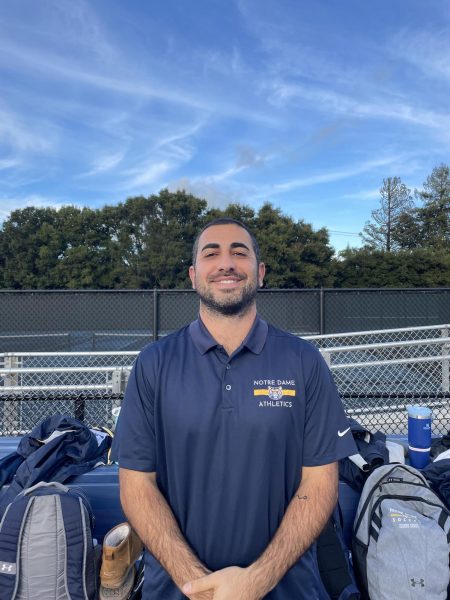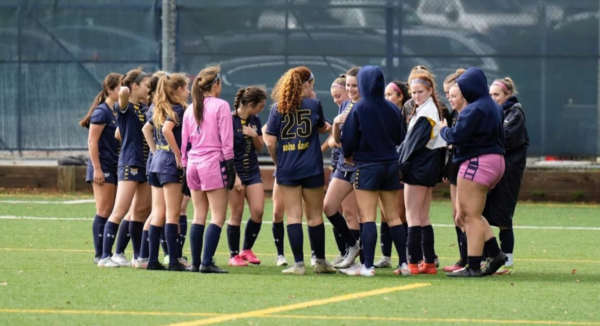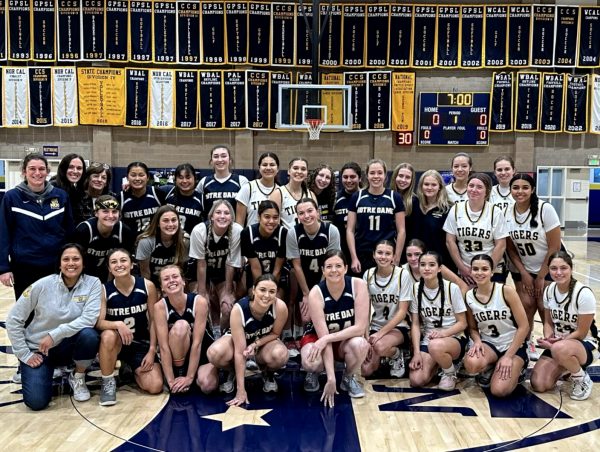Athletic healthcare pros are stars, too
On January 2, 2023, Buffalo Bills safety Damar Hamlin suffered a rare critical injury in the Bills’ Monday Night Football game against the Cincinnati Bengals. Hamlin experienced a condition called Commotio Cordis, in which a player is struck above their heart during a specific, vulnerable window in the heartbeat cycle, stopping one’s heartbeat and leading to cardiac arrest.
The incident shocked tuned-in viewers across the nation as fans held their breath that Hamlin would recover. Thanks to the Bill’s medical team and their immediate response to the player’s collapse, Hamlin’s heartbeat was restored on the field and he was taken to recover in a local Cincinnati hospital.
Athletes in contact sports put their safety and lives at risk for their games, attempting to perform at the highest level each week to push their team to the top of the standings. When an athlete goes down during a game due to injury, the focus shifts from those playing on the field to those working on the sidelines: the medical staff.
“There’s no difference between a pro-athlete and a high school athlete or a middle school athlete. They all have the same issues,” said NDB Athletic Trainer Laz Cardenas. “They all get injured. There’s high incidences of heart issues, circulation issues, and kids just collapse. And if you don’t have somebody that’s prepared to deal with that situation, it can lead to death.”
The NFL, NBA, NHL, MLB and other elite professional sports leagues all support their athletes from the sidelines with fully equipped medical teams, ready to treat any athlete injury that may occur during the course of a game. Teams rely on their medical staff to help prevent injuries and restore injured players to good health as quickly as possible.
Recently, NFL’s medical teams have taken the spotlight as the league has seen several more major injuries take place during recent games. Each NFL team has at least 30 medical professionals on the field at a time during a game, according to the National Football League Physicians Society. These professionals include athletic trainers, neurotrauma professionals, orthopedists and a paramedic crew, among others. This team is trained in assessing and attending to any medical emergency that has potential to take place on the field, and supports the player in prioritizing health over a game.
The medical staff and the coaching staff for NFL teams are arguably of the same importance, however there are great pay discrepancies between them. While head coaches in the NFL are making millions of dollars annually, a medical staff member will make around 50,000 dollars a year. When a player suffers an injury, their current health and sometimes the future of their career lies in the hands of the attending medical team, so why aren’t these staff members paid more?
“For some reason, they just don’t equate. We’re just not as important, even though on Monday Night Football, an assistant athletic prevented somebody from dying,” said Cardenas. “[It] was the assistant athletic trainer that started the CPR and started the process, the management of that athlete, and that athlete’s still alive. We’re trained to do that and to feel like we’re not important because they won’t pay us is ridiculous. We’re constantly fighting that battle.”
As we applaud and honor professional athletes for their mastery of skills on the field and coaching staff for their great direction, it is important to also recognize the medical staff of such teams. A player would not be able to succeed without the guidance of a coach and mentor, but the same can be said without the physical support of a medical team.

Eva Nichter is a senior at NDB and is one of the News Editors for the Catalyst. This is her third year as a student writer for the newspaper. In addition...





